Female cheetah Daksha, brought to India from South Africa under a project to restore the species, was killed by her mate on May 9.
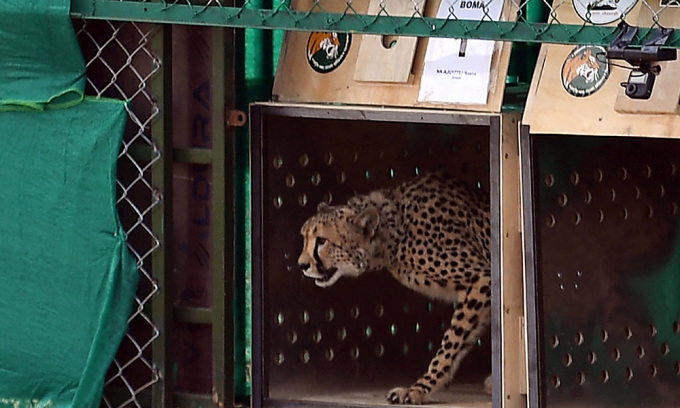
A wild cheetah is released into Kuno National Park on September 17, 2022. Photo: PIB/AFP
Daksha is one of 12 South African cheetahs relocated to Kuno National Park, India, along with eight others from Namibia. Indian Prime Minister Narendra Modi presided over the release of the first cheetahs into the enclosure.
"A preliminary assessment shows that the injuries on the female leopard appear to have been caused by the male leopard. Such violent behavior is common during mating. It is impossible to monitor them in this situation," Kuno National Park said.
Daksha is the third leopard to die recently in a project to restore India's cheetah population. Sasha, a male from Namibia, died of kidney failure in March and Uday, a male from South Africa, died last month after falling ill.
India was once home to the Asiatic cheetah subspecies ( Acinonyx jubatus venaticus ), but they were declared extinct in the country in 1952. The reintroduction of cheetahs to India is the first transcontinental cheetah relocation, and the program aims to bring back about 100 cheetahs over the next decade.
Some experts warn that cheetahs may struggle to adapt to their Indian habitats because they have to compete for prey with large numbers of leopards ( Panthera pardus ). The recovery program has overlooked “space ecology,” and Kuno National Park is much smaller than the space big cats typically need to thrive, according to scientists from the Cheetah Research Project at the Leibniz Institute in Namibia.
The cheetah ( Acinonyx jubatus ) is one of the oldest big cats. Its ancestors existed about 8.5 million years ago. They were once widely distributed across Asia and Africa in large numbers. But today, after being extinct in many countries in the Middle East and Asia, the number of cheetahs is only about 7,000, mainly in the African grasslands.
Thu Thao (According to AFP )
Source link







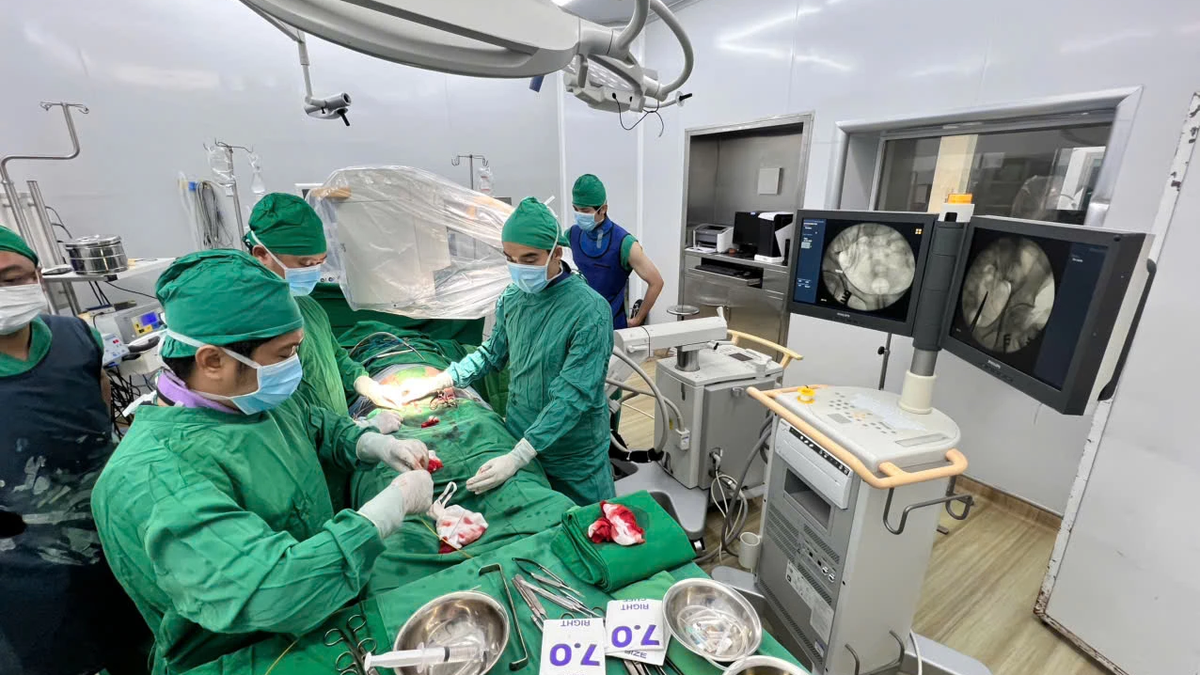
























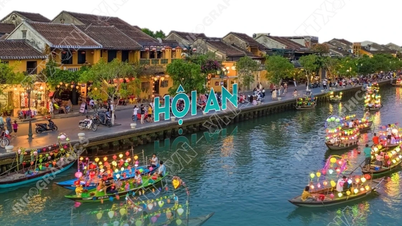

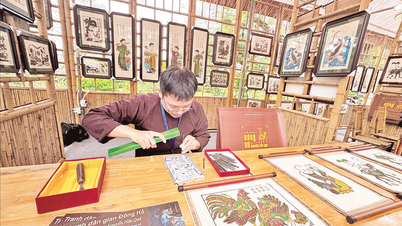

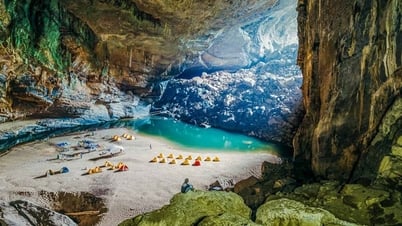





























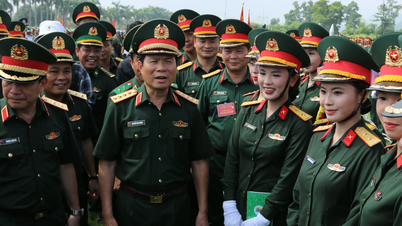

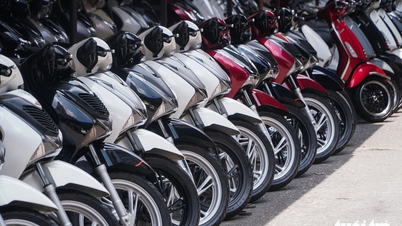




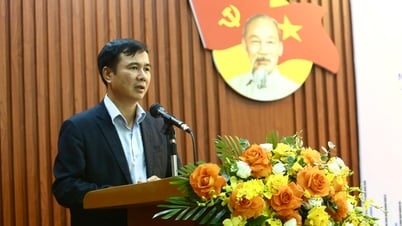
























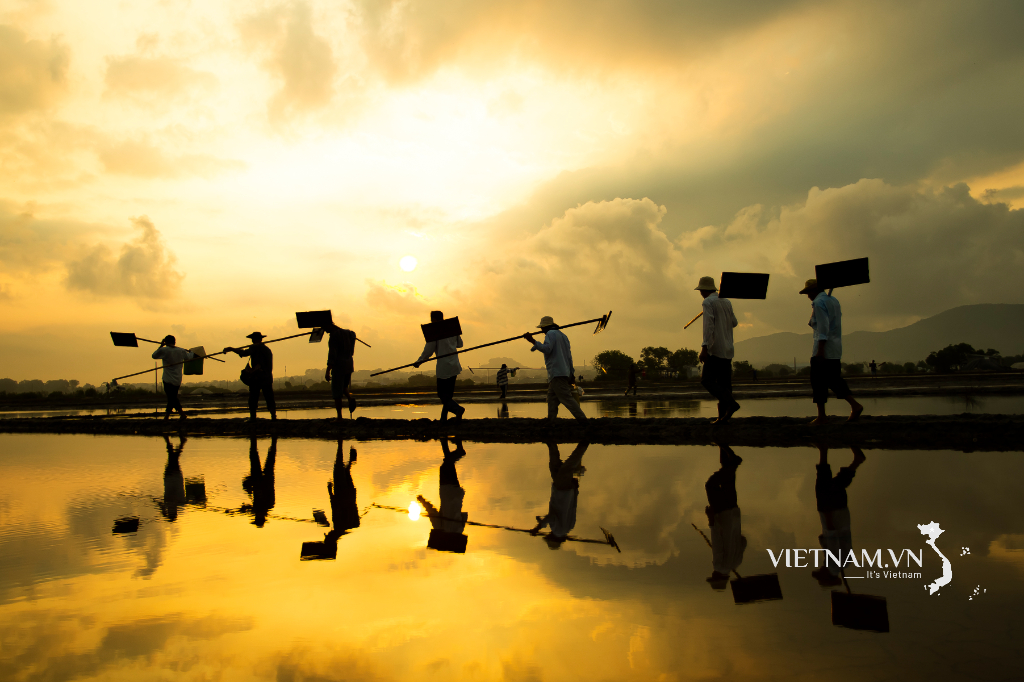


Comment (0)